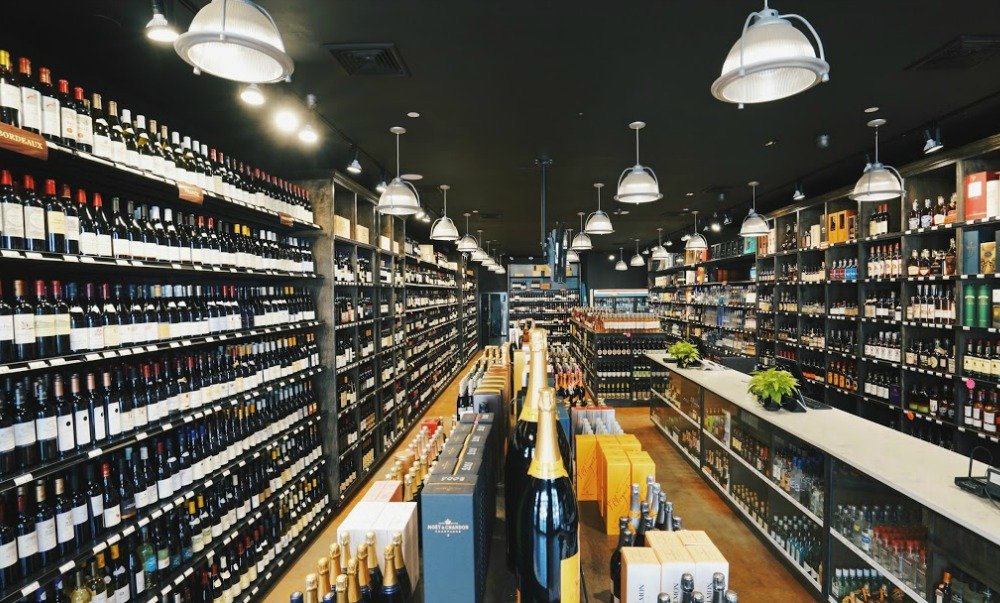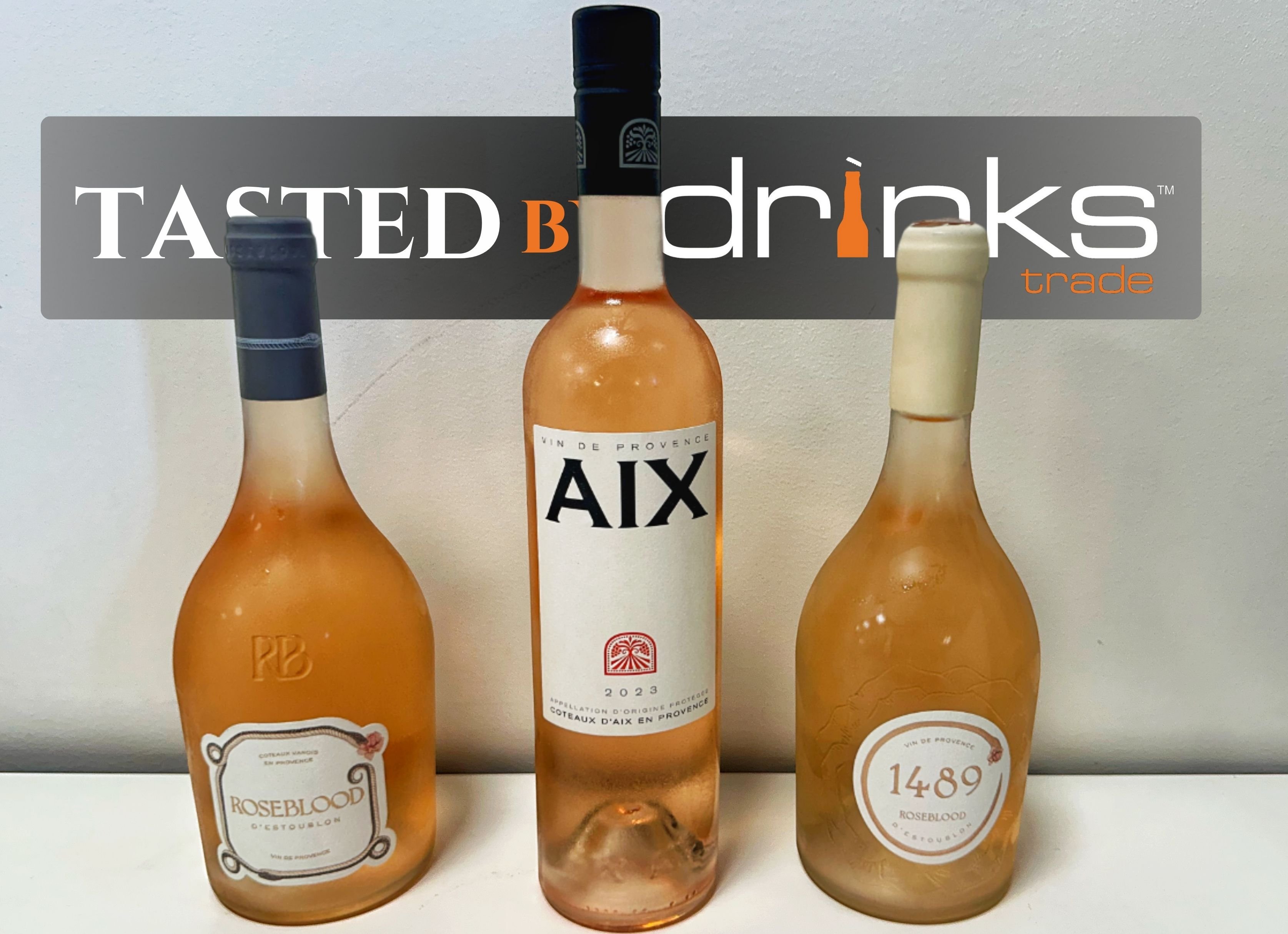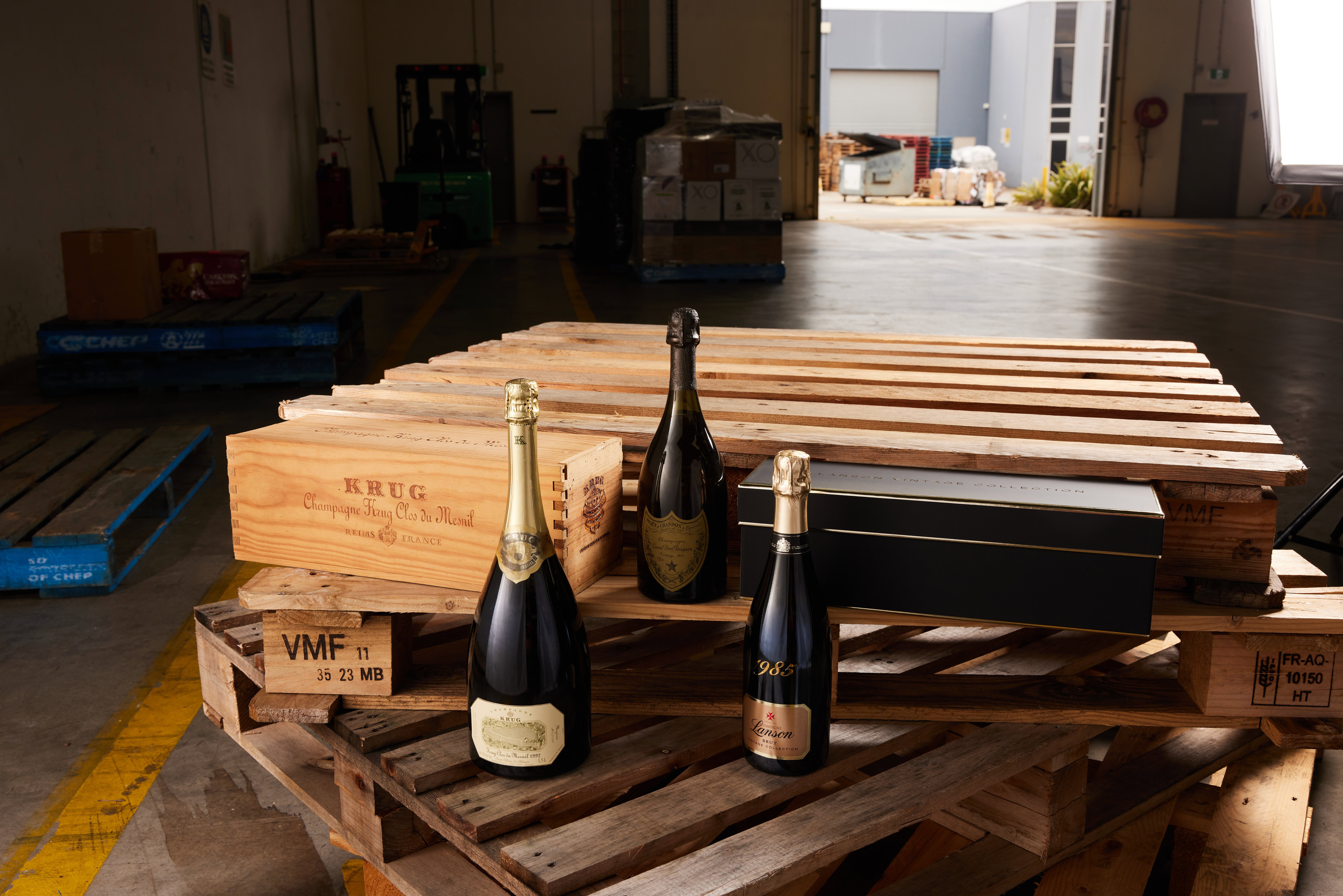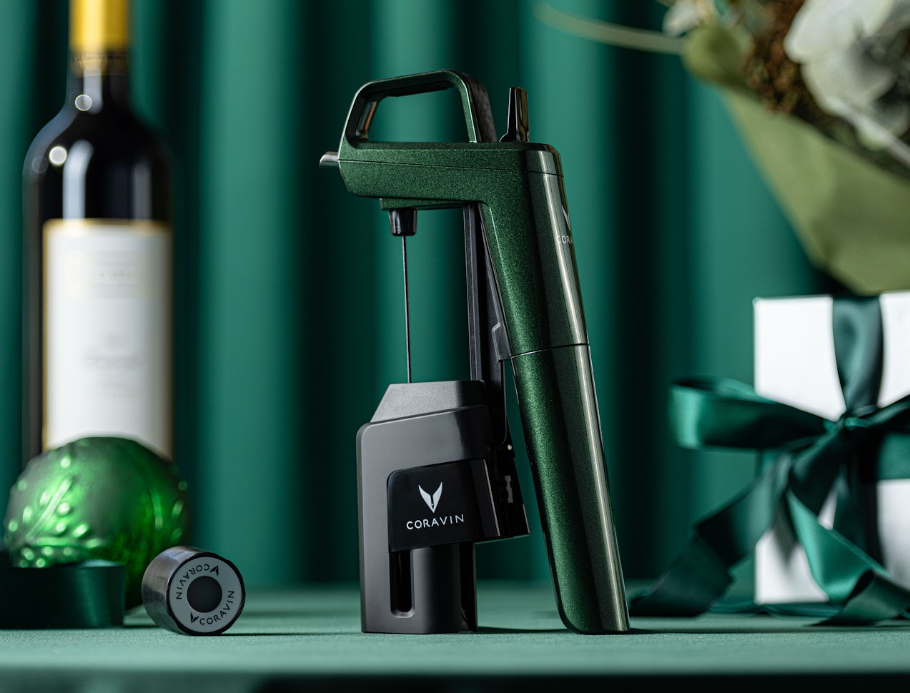A surplus of California grapes means wine prices are expected to drop to its lowest levels in five years in the United States.
Unfortunately, the surplus coincides with wine consumption dropping for the first time in 25 years in the US, as drinkers increasingly turn to RTDs and spirits.
A new report from global alcohol tracker IWSR revealed last month that wine sales in 2019 fell by nearly 1% in volume.
Rob McMillan, founder of Silicon Valley Bank's Wine Division and author of the annual State of the Wine Industry report, told CNN he predicts US wine consumers will enjoy the "best wine retail values in 20 years."
"Today, the wine supply chain is stuffed," McMillan wrote in his report.
"This oversupply, coupled with eroding consumer demand, can only lead to discounting of finished wine, bulk wine and grapes. US wine consumers will discover unprecedented retail value in 2020 and should buy up."
Jeff Bitter, president of Allied Grape Growers, added: "The main cause of oversupply today is the culmination of a few years of slowing wine shipment growth, with an ample 2018 wine grape crop as an exclamation point.
"Until 2015, wine shipments had grown, almost predictively, for two decades. The slowdown in growth has caught the industry by surprise.
"Since it takes up to five years to bring wine to market from the initial planning stages of planting a vineyard, it makes hitting future demand very complicated. In this case, we overshot demand."
Australian export volumes drop to US
That's not good news for Aussie winemakers, following Wine Australia reporting earlier this month that exports to the US decreased 1% to $419 million during the year ended December 2019.
During that period, volume declined by 14% to 138 million litres (15.3 million 9-litre case equivalents).
However, this lead to a 15% increase in average value to $3.05 per litre FOB. This is the first year since 2008 that the average value has exceeded $3 per litre.
Wine Australia said the 6% increase in the average value of bottled wine to $4.29 per litre is a result of the growth in exports of premium Australian wine to the US. Exports with an average value of $10 per litre and above FOB increased by 4% to $43 million.
Last week, TWE confirmed it was revising its full-year forecast to reflect the company's growth rate in F20 will be lower than previously guided.
CEO Michael Clarke (above) said: "This is driven primarily by underperformance in our US results in the first half and is expected to continue through the second half."
He noted that US wine market dynamics, where suppliers are trying to move surplus wine across the market at lower prices, had resulted in an accelerated growth of private label, which is up approximately 15% in a market that is flat to down.
Wine prices predicted to rise in Australia following bushfires
Conversely, analysts are predicting that bushfire and smoke taint damage will lead to increased grape and wine prices in Australia.
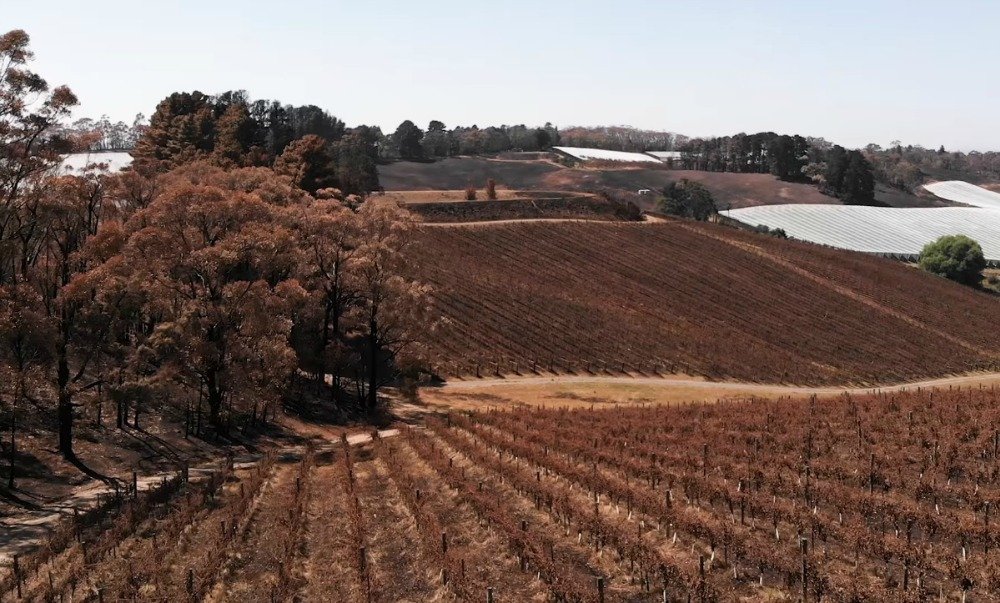
“Australia continues to face an unprecedented bushfire emergency,” notes the Rural Bank Insights Update – January 2020.
“This has devastated many farming and regional communities. Our thoughts are with everyone affected and we thank emergency services and volunteers for their tireless work in protecting and rebuilding communities.
“Wine grapes in both New South Wales, South Australia and Victoria have been impacted by fire and smoke.
“Direct fire damage has been more prevalent in the Adelaide Hills with almost one third of the region’s wine grapes damaged.
“In New South Wales and Victoria, it will take longer to assess the impact of smoke taint on this year’s vintage.
“Both scenarios have the potential to push wine grape prices higher in the coming months with flow on effects to wine export volumes and values in the coming year.’
Rural Bank is a division of Bendigo and Adelaide Bank and provides a monthly analysis of production and pricing trends for Australian agriculture.
JPMorgan analyst Shaun Cousins said in a note to clients last month that there would be limited impact to aggregate crush volumes for the wine sector and value, yet there was likely to be added upward pressure to grape and wine prices as Australian wine supplies tighten.
“Initial press reports indicate that athird to half of the wine production in the Adelaide Hills (SA) has been destroyed. Adelaide Hills comprises roughly 1% of total Australian wine crush and wine value … suggesting a modest national impact although likely to add upward pressure on grape prices.”
Meanwhile, Wine Enthusiast noted: “In the coming years, grape shortages are expected to send prices through the roof and impact the entire region.”
Share the content
